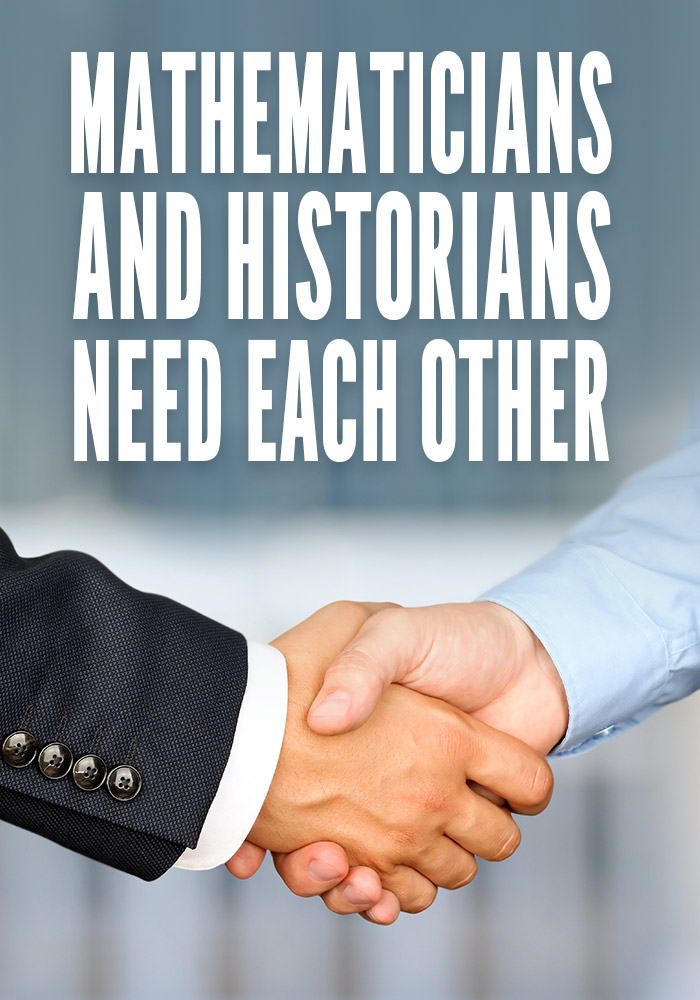
“It isn’t easy to be a citizen in 2018.” So begins Ted Underwood’s essay on machine learning. Underwood continues: “we are told to watch out for bots and biased search engines, but skepticism about new media can also make us easy prey for old-fashioned propaganda.”
For Underwood, a central aim for education needs to be preparing “students for a world where information is filtered by computers” and he argues that to do so, “we will need a stronger alliance between the humanities and math.” The rest of his essay explores how “this alliance has two reciprocal parts: cultural criticism of the mathematical models shaping our world, and mathematical inquiry about culture.”
Humanities and STEM?
The question of the relationship between the humanities and STEM is nothing new. Indeed, undergrads still regularly read texts like CP Snow’s classic 1959 essay “The Two Cultures,” which argued that the humanities and what we now call STEM are fundamentally divided and unable to speak to each other. Underwood subverts Snow’s thesis arguing that the only viable path forward for us is one that integrates the disciplines. We might intuit that humanities can help, well, humanize, STEM, but we might ask, “why does human culture need math? Underwood explains that “The challenges that confront 21st-century citizens are not always arguments that come one by one to be evaluated. Information is more likely to come in cascades, guided both by networks of friends and by statistical models that anticipate our preferences.” As a result of this cascade of information, Underwood argues that “Evaluating sources one by one won’t necessarily tell us whether these computational and social systems are giving us a biased picture. Instead, we need to think about samples and models—in other words, about math.”
The Connection Between Models
The connection between models in the humanities (i.e., a novel as a model of the human condition) and mathematical models is deeper than it may appear. Underwood illustrates this point with algorithms. He explains that in 21st century computing…
Instead of manually writing algorithms that directly govern a computer’s decisions, we often ask computers to write their own instructions by modeling the problem to be solved.
To illustrate this, he explains how email filters spam:
Undesirable email comes in many different shapes, and it would be hard to write an algorithm that could catch them all. A more flexible approach begins by collecting examples of messages that human readers have rejected, along with messages they approved. Then we ask the computer to write its own instructions, by observing differences between the two groups.
In other words, algorithms are models that continually update themselves to function better. This form of computing is known as machine learning, and as Underwood explains, “machine learning increasingly shapes human culture: the votes we cast, the shows we watch, the words we type on Facebook all become food for models of human behavior, which in turn shape what we see online.” He then notes that “since this cycle can amplify existing biases, any critique of contemporary culture needs to include a critique of machine learning.” That latter point means that just as we have a tradition of literary criticism that digs into the stories we tell in order to critique aspects that our problematic in service to helping us become better moral agents or citizens or lovers, so also we need to critique the algorithms that, for example, reinforce unhealthy and addictive behavior on social media. And since the English department has been a place where this criticism has flourished, programmers might learn a lot from taking some English classes, and on the other hand, English majors might benefit from taking a programming course and learning to think in code as another language.
Integrating Humanities and STEM
Integrating the humanities and STEM is not just helpful for ethics. The integration can also help us better understand and interpret the world: put differently, the integration can help us move closer to truth. Underwood writes that “to be appropriately wary, without succumbing to paranoia, students need to understand both the limits and the valid applications of technology.” And he suggests that “humanists can contribute to both halves of this educational project, because we’re already familiar with one central application of machine learning—the task of modeling fuzzy, changeable patterns implicit in human behavior.”
Now, the models of the world produced by the novelist may strike as “slippery and unscientific,” but Underwood asks us to recall that “machine learning can also be slippery and unscientific.” He writes: “Remember that we resorted to machine learning because we couldn’t invent a simple, universal definition of spam. Instead, we had to draw on the tacit knowledge of human readers who had rejected email for a range of reasons. A model based on this sort of evidence will never be stable. It will have to be updated every few years, as old scams die out and new ones emerge.” In other words, while total objectivity is impossible, some models are better than others at getting us closer to truth, and learning to discern between models is an essential part of a well-rounded education.
The integration that Underwood recommends is also essential for dealing with untrustworthy politicians and political pundits. Underwood explains that “tech leaders who argue that machine learning is more objective than other knowledge cannot be trusted. But we should just as fiercely distrust political leaders who use the perspectival complexity of the internet to imply that real knowledge is impossible, everything is fake, and we can only fall back on affinity and prejudice.” He stresses that “it is possible to build real knowledge by comparing perspectives from different social contexts. Historians have long known how.” The good historian sifts through all sorts of past culture – religious tomes and tax records, political treatises and recovered coinage – to figure out which accounts of history are most plausible. That skill-set parallels the work needed to sift through scientific studies, for example, to determine what is most plausible.
Underwood concludes his argument by reminding us that in order to understand ourselves and our world “we will need numbers as well as words.”
Further Reading
Underwood’s writing reminds me of two books that have shaped my thinking on this theme.
• Actual Minds, Possible Worlds explores the power of literature as a pathway to this important ability to imagine new possibilities.
• Robot-Proof: Higher Education in The Age of Intelligence blends theoretical and practical.





Leave a Reply